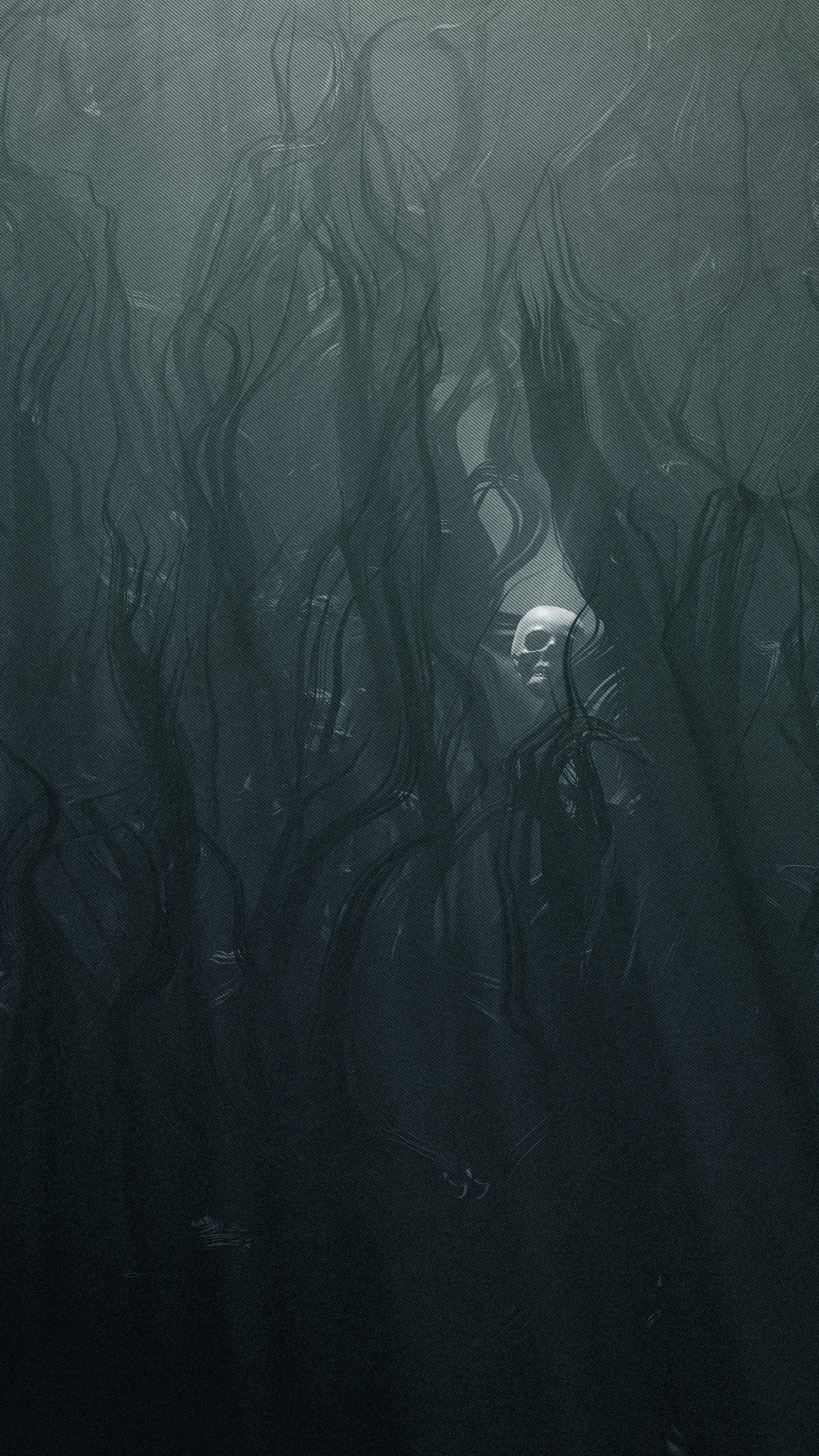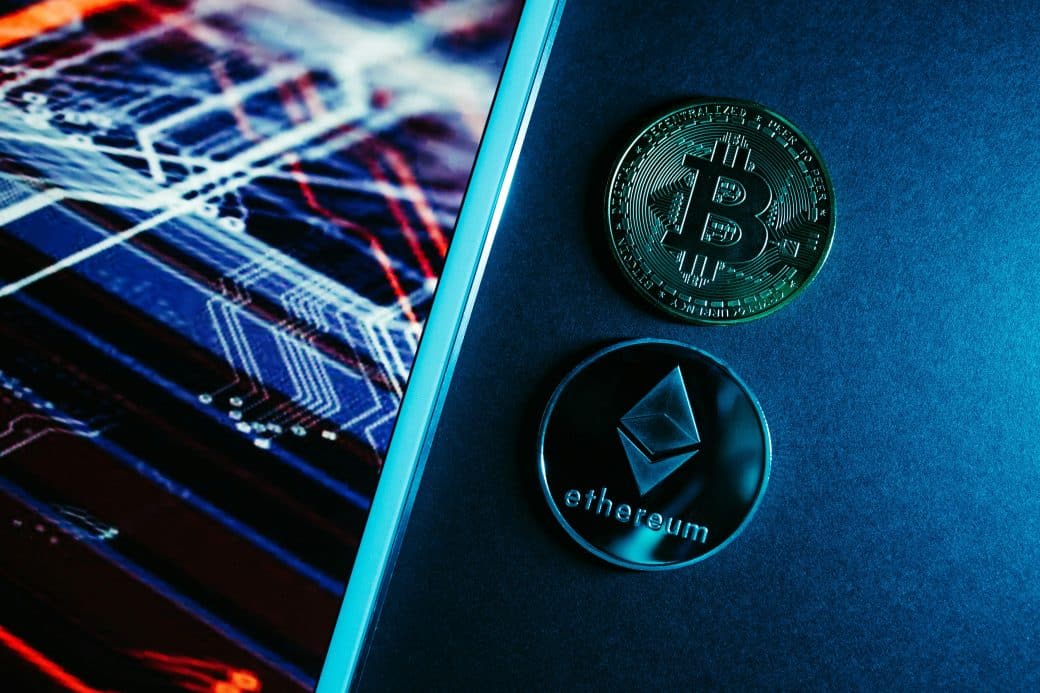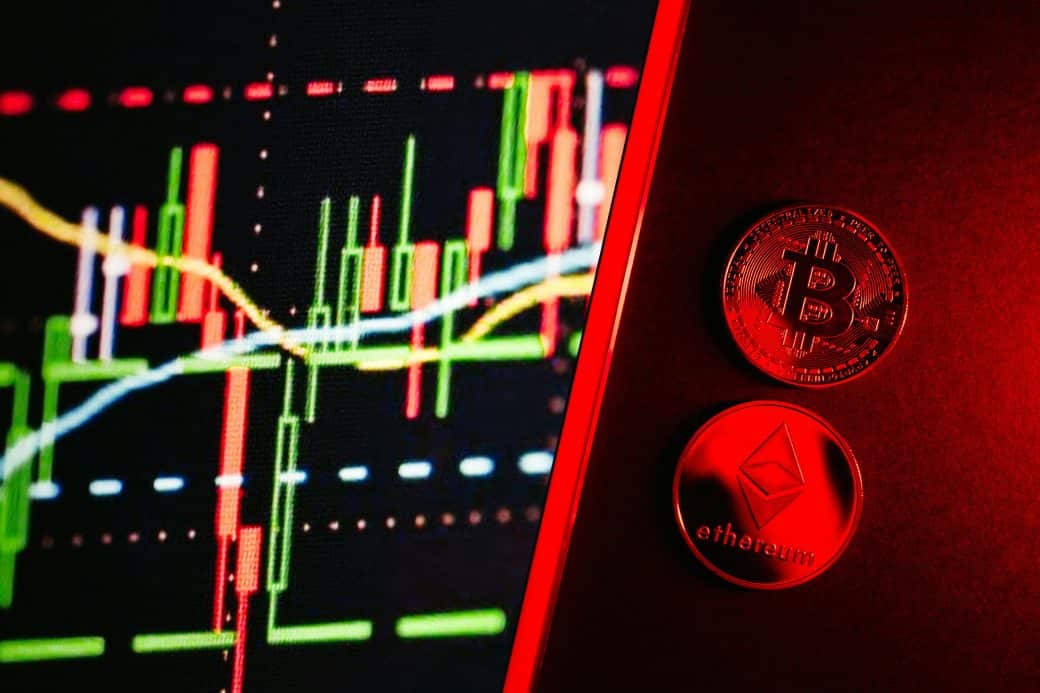I’ve always been mesmerized by the limitless possibilities that digital art offers, and that’s exactly what “Uncovering Digital Art Mastery: A Comprehensive Guide To Techniques And Inspiration” brings to the table. This guide is like a treasure trove for anyone looking to sharpen their skills or dive into the colorful world of digital creation for the first time. It’s packed with cutting-edge techniques, step-by-step tutorials, and a dose of inspiration that could light a fire under even the most seasoned artists. So, if you’ve ever found yourself staring at a blank digital canvas, wondering where to start, this might just be the beacon of light you’ve been searching for.

Understanding the Concept of Digital Art
Definition of digital art
To me, digital art is like a playground of visual delights created using technology as the primary medium. It’s about leveraging computers, software, and devices to craft pieces that can range from realistic paintings to abstract wonders. Unlike traditional painting, where my hands are stained with paint, digital art sees my fingers dancing over a tablet or clicking away at a mouse, building layers upon layers in software.
Traditional art vs digital art
Comparing traditional art to digital art is like debating between the charm of vinyl records and the convenience of streaming music—they each have their unique appeal. Traditional art has that tactile feel and unmistakable texture, a physical presence that digital art can’t mimic. On the flip side, digital art offers an undo button, endless resources, and the ability to share work instantly with a global audience. The differences extend to the tools and techniques too, transforming the creation process.
The evolution and progression of digital art
Digital art has come a long way since the first digital sketches. I’ve seen it evolve from simple pixel art and 2D shapes into complex 3D models and virtual reality worlds. The progression is tied closely to advances in technology; as hardware and software evolve, so does the scope of what can be achieved in digital art. It’s an ever-changing frontier, pushing the boundaries of creativity and expression.
Prominent forms of digital art
Digital art manifests in various forms, each unique in its approach and techniques. There’s digital painting that mimics traditional mediums, vector art that boasts crisp lines and scalable graphics, and 3D modeling that breathes life into characters and environments. Other forms include pixel art, which pays homage to the early days of video gaming, and digital collage, a blend of multiple images into one cohesive piece. Exploring these forms sheds light on the vast possibilities digital art offers.
Digital Art Tools and Software
Graphics tablets: A key tool for digital artists
For me, a graphics tablet is as essential as a paintbrush to a painter. It’s a bridge between the physical and digital worlds, allowing me to draw or paint directly onto a digital canvas. The pressure-sensitive surface mimics the feel of drawing on paper, offering a level of control and precision that a mouse could never achieve. Whether it’s sketching out an initial concept or adding fine details, my tablet is my trusted companion.
Overview of digital painting software
When it comes to breathing life into my digital canvases, software plays a pivotal role. There’s an array of choices, each with its unique tools and capabilities. Some are tailored for intricate digital painting, offering a gamut of brushes and mixing tools that mimic real-life painting techniques. Others excel in photo editing, allowing for sophisticated manipulation and enhancement of images. Choosing the right software often depends on personal preference and the specific requirements of the project at hand.
Understanding vector art tools
Vector art tools are a staple for creating crisp, scalable graphics. Unlike raster-based software that works on pixels, vector software uses mathematical equations to craft art that can be scaled indefinitely without losing quality. This makes it ideal for logos, icons, and other designs that need to work across various sizes. With these tools, I can manipulate shapes, lines, and colors to achieve precise, clean designs that look sharp at any resolution.
Use of 3D modeling software in digital art
3D modeling software is like a magic wand for bringing sculptures and environments to life in the digital realm. It allows me to construct complex structures, textures, and lighting that mimic real-life objects or conjure fantastical worlds. Whether it’s for video games, movies, or still images, mastering 3D modeling software opens up a universe of creative possibilities, from detailed character models to sprawling landscapes.

Techniques Used in Digital Art
Digital painting techniques
Digital painting is an art form where traditional painting techniques meet modern technology. I employ techniques like layering, blending, and texturing, much like I would with oils or acrylics, but with a twist. The digital canvas offers unique tools such as layer masks and blending modes, enabling complex effects and corrections with a level of control that’s both powerful and forgiving.
Vector art techniques
Vector art is about mastering the art of precision. It involves manipulating geometric shapes, lines, and curves to create artwork that’s clean and scalable. One technique I frequently use is the Bezier curve, a tool that allows for the manipulation of points to create smooth, precise lines and curves. Mastery in vector art lies in understanding how to compose complex images from simple shapes, ensuring crisp, clean lines at any scale.
Mixed media techniques
Mixed media in digital art is like a fusion cuisine in cooking—it’s about creatively combining elements from different sources to create something unique. I might start with a digital painting, then layer in vector shapes, text, and even scanned textures or photographs. The trick is to blend these varied elements seamlessly, using filters, masks, and blending modes to achieve a cohesive piece that transcends its individual parts.
3D modeling techniques
3D modeling is an intricate process that involves sculpting, texturing, rigging, and rendering. Starting with a basic shape, I gradually build complexity, molding my model like clay. Texturing brings the model to life, adding colors, patterns, and details, while rigging is like giving it a skeleton so it can move. Finally, rendering is the process of creating the final image or animation, where lighting and effects come into play to showcase the model in the desired environment.
Photo manipulation techniques
Photo manipulation is the art of transforming the ordinary into the extraordinary. It begins with a digital photograph, but through techniques like layering, masking, retouching, and applying filters, the original image morphs into something new. My goal is often to create visuals that challenge perceptions, merging reality and imagination into a single coherent vision that tells a story or conveys an emotion.
Mastering Digital Art: The Learning Curve
Fundamentals of digital art
Grasping the fundamentals of digital art is crucial, akin to learning the alphabet before writing poetry. It’s about understanding the core principles of art—composition, color theory, perspective, and lighting—then applying them in the digital realm. Familiarity with the tools and software is equally important, as it’s the medium through which my creativity is expressed.
Building skills through continuous practice
Just like any form of art, digital art requires dedication and practice. It’s a journey of constant learning, experimenting, and refining. I find myself diving into new techniques, embracing accidents as opportunities to learn, and always pushing the boundaries of what I can create. Over time, the software and tools become an extension of my creative vision, allowing me to translate my ideas into digital form more fluidly.
Importance of feedback and critique
Navigating the learning curve of digital art can be challenging, but feedback and critique play a vital role in my growth as an artist. Sharing my work with a community of fellow artists offers fresh perspectives and constructive criticism that can reveal blind spots and open avenues for improvement. It’s about maintaining an open mind and using the insights gained to refine my art.
Role of patience and perseverance in mastering digital art
Mastering digital art is a marathon, not a sprint. It demands patience and perseverance, as progress can sometimes feel slow and fraught with frustration. I’ve learned to embrace the journey, celebrate the small victories, and persist through the challenges. With each piece I create, I inch closer to achieving the level of mastery I aspire to, fueled by my passion and the endless possibilities digital art offers.

Effectively Using Digital Art Elements
Use of color in digital art
Color is a powerful tool in digital art, capable of evoking emotions and setting the tone of a piece. I explore different color schemes and palettes, playing with contrasts, saturation, and harmony to convey the desired mood. Understanding color theory is key, as it informs my choices and helps me use color effectively to enhance the narrative and visual impact of my work.
Understanding and applying texture
Texture adds depth and dimension to digital art, making elements feel tangible even within a digital space. I experiment with digital brushes, patterns, and overlays to simulate various textures, from the roughness of stone to the softness of fabric. The right texture can elevate a piece, lending it a sense of realism or adding to its stylistic flair.
Mastering the use of lines and shapes
Lines and shapes are the building blocks of visual composition. In my digital art, I use lines to guide the viewer’s eye, create focus, and convey movement. Shapes, whether geometric or organic, form the basis of my compositions, defining objects and spaces. Mastering their use involves understanding their visual weight and how they interact to create balance and rhythm in my art.
Effectively using space and depth
Creating the illusion of space and depth in digital art requires a keen understanding of perspective and composition. I utilize techniques like atmospheric perspective, where color and clarity fade with distance, and overlapping elements, to create a sense of depth. The careful arrangement of elements in the foreground, middle ground, and background helps achieve a three-dimensional effect, making the scene more immersive.
Exploring Various Styles in Digital Art




